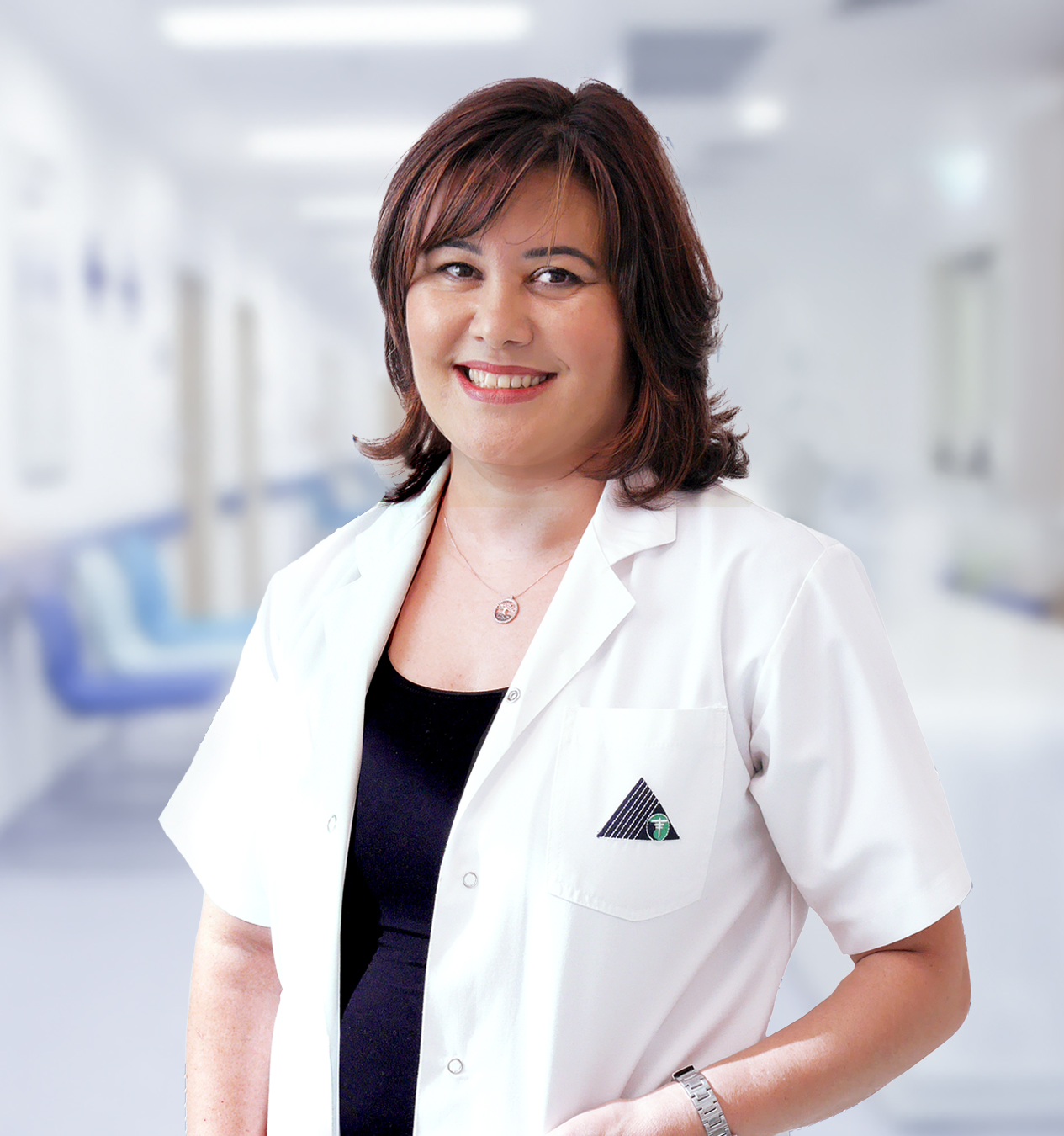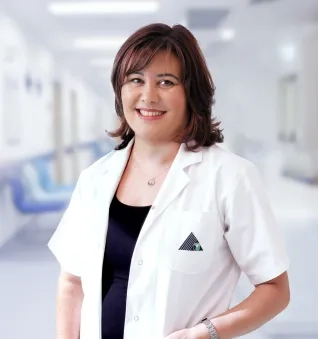Alo Yeditepe
Alo Yeditepe
Necessary Precautions to Protect Children from the Harmful Effects of the Sun
Due to the increase in temperatures in the summer months all over the world, especially in children, related health problems may increase. Stating that the temperature increase affects children in a shorter time than adults, in a more corrosive way, Child Health and Diseases specialist Dr. Tülin Şimşek explained what parents should know in order to avoid a possible serious health problem due to temperature in children.
Explaining that heat stroke is one of the most common problems of the summer season, where children can socialize more, Child Health and Diseases specialist Dr. Tülin Şimşek said that it is possible to sunbathe children consciously by protecting them from the harmful rays of the sun.
Explaining that complaints such as weakness, dizziness and headache can be seen in the child as a result of heat stroke, which may occur due to prolonged exposure to the sun's rays (longer than 45 minutes), Yeditepe University Koşuyolu Hospital Child Health and Diseases specialist Dr. Tülin Şimşek explained what should be done to protect children from the sun:
Child Health and Diseases specialist Dr. Şimşek gave the following information on the subject:
“Children should be in sight of the sun until 11 or after 15 in order to protect themselves from the harmful effects of the sun. Children should not be outside between the hours of 11 and 15 when the sun's rays are the strongest. Even at the recommended hours, it should not be kept in the shade for longer than 45 minutes, as the sun rays reflected from the sand can be harmful for the baby, and sunscreen should be applied.”
How One Can Choose the Proper Sunscreen for Children?
Underlining that it is necessary to be selective and careful in order to get the desired benefit from sunscreens, Dr. Şimşek continued her words as follows: "Sunscreen with a factor of 50 should be used before sunbathing in light-skinned children and babies under one year of age, and at least 30-factor protectors should be used optionally in children over 2 years of age and brown eyes. It is necessary to pay attention to the fact that the sunscreen used is a product with mineral filter, protection against ultraviolet A and B, high quality, and the expiration date is far ahead. Sunscreen should be applied especially half an hour before going out into the sun, and repeated after the child gets out of the pool."
What Deserves Attention When It Comes to Using Sunscreen?
Şimşek, who argued that it would be beneficial for children to sunbathe with bare skin for 10 minutes, preferably before 5 a.m., to help the synthesis of vitamin D by sunlight, said, “Then, half an hour before going out into the sun, sunscreen should be applied indoors and one should wait for 30 minutes for the sunscreen to be absorbed in the skin. However, it is recommended that babies under the age of one, especially up to six months, should be exposed to the sun with a half-sleeved clothing that also covers the shoulders, even if sunscreen is applied. After applying the cream, babies up to one year old should be protected with a wide hat that covers the neck and shoulders at the pool or seaside, and their shoulders and back should be with clothes made of half-sleeved cotton. If the family can find it, they can also use swimsuits and bikinis made of specially produced ultraviolet A and B protective fabric instead of normal clothing. For babies, special ready-made diapers can be preferred instead of swimwear.
Use High Quality Sunglasses For Children
Afterwards Dr. Tülin Şimşek said, "Considering that children will be exposed to sunlight for a long time while walking outside in sunny weather, they should use sunglasses to avoid cataracts" and she continued as follows: "The glasses to be purchased must be made of quality materials and protective against ultraviolet A and B. Or wear a long awning hat to prevent the child from looking at the sun with the naked eye."
Do Not Wait For Feeling Thirsty In Order to Have Liquids
Underlining that hydration, that is, fluid supplementation has become more important in the summer months, Dr. Tülin Şimşek gave the following information about the amount of fluid that children should consume according to their age: "In children's nutrition, considering that the fluid loss due to temperatures in summer is high, aqueous foods should be given weight. Since a mother who breastfeeds from a newborn baby will also lose fluid due to heat, the mother needs to increase fluid intake and consume at least one liter more fluid than before. This liquid can be in the form of buttermilk, compote, freshly squeezed juices. After switching to additional foods in the first 6 months, 30 ml of boiled warm water can be given after each feeding. By monitoring the amount of urine in the gland, it may be necessary for both the mother to drink plenty of water and to increase the fluid given from outside. Since children after the age of 3 may forget to drink liquids while spending their time playing, they should not wait to feel thirsty and they should try to drink liquids at regular intervals, provided that they do not exceed 2 hours."
How to Understand Sunburn and Stroke in Children?
Pointing out that children should stay in the sun for a maximum of 30-45 minutes and that sunburns and strokes may occur in children exceeding this period, Yeditepe University Koşuyolu Hospital’s Child Health and Diseases Specialist Dr. Tülin Şimşek gave the following information on the subject: “Children should stay in the sun for a maximum of 30-45 minutes and sunburns and strokes may occur in children who exceed this time. When sunburned, the body usually becomes reddened If the burn is advanced, water bubbles, which we call bullae, tend to develop. Due to this reddening, the child may have a fever and an increase in the need for water. Children with sunstroke do tend to have an excessive need for water, dry mouth, restlessness or sleepiness, a general rash on the body, high fever, and agitation. In such a case, the child should be immediately taken to a cool place and away from the sun.The body should be relieved with cool compresses and an antipyretic should be given. If the situation is getting worse and the child is or becomes unconscious, he should be taken to the nearest health institution. Also, children who cannot continue their water intake lose more fluid. For this reason, it may be necessary to give them fluids with an IV method which, can be applied in a health institution.
Press Coverage: sabah | cnnturk | star | cumhuriyet | gazetevatan | posta
About
Faculty and Year of Graduation:
Ankara University Faculty of Medicine, 1995
Alo Yeditepe




